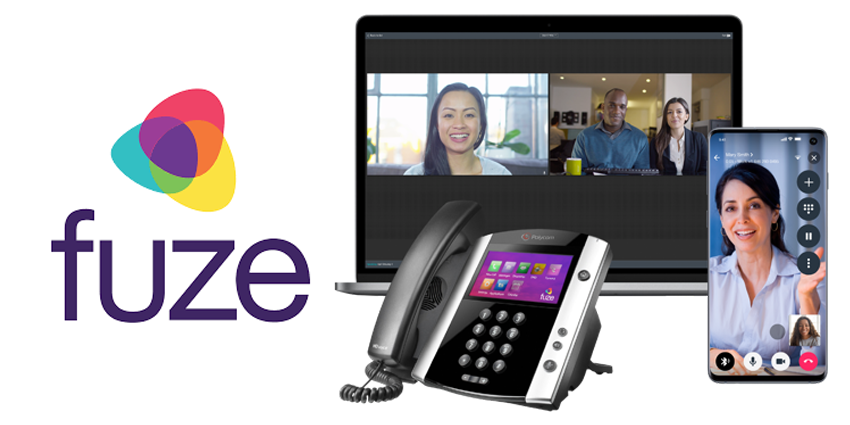In recent years, many businesses around the world have moved to some type of cloud-based platform or service in order to save costs, increase agility, and improve capabilities. Moving a company’s legacy PBX to the cloud can also provide a number of benefits.
In the past, companies have often delayed upgrading their PBX due to cost concerns. However that means that an organisation is left with a phone system that lacks features and flexibility that is needed to grow their business and consequently become more agile. Old PBXs maybe one ageing part away from complete failure.
An on-premises PBX will have served businesses admirably for years, but the technology around it has changed. An on-premises PBX will not have the functionality to support innovations such as video conferencing, integration with cloud-based CRM/ERP/etc., or remote work.
In an exclusive interview with UC Today, Bill Schneider, Manager of Solution Engineering at Fuze, said that the move to the cloud from PBX starts with the networks.
“Networks today are just flat out amazing compared to what they were in the past,”
“By any measure, be it the speed, redundancy, resiliency, peering connections between various internet providers, low delay, low packet loss, the quality of network connections is phenomenal.”
He added that the PBXs installed over the last few decades have been really good at what they were made to do— making and receiving phone calls— and would probably last another 30 years. However, today is a different world from the one which saw these systems installed.
“We now need to be able to communicate in different ways. So, whether that be via chat, video conferencing, or screen sharing, the infrastructure needs to be in place to do that seamlessly.”
Using the cloud gives organisations the infrastructure they need to ensure users can communicate in different ways.
Making the move a safe bet
In order to make the most of a move from a PBX to the cloud, organisations need to have a plan. For smaller companies (250 users and below), they might be able to port over to the cloud within the span of a weekend. But Schneider said that for larger organisations, some migrations could take a year or more to port everyone over.
He said that some organisations like to start with their headquarters first, while other customers he engages with are in the middle of a compelling event like an office move.
“For example, if a company was planning to move to a new headquarters, you would migrate that first as phase 1,” he said. “Then you could take on the satellite offices later, as part of phase 2.”
He said that in executing the plan, organisations need to work with their vendor in order to devise a workable cloud migration together.
“You need to have project managers from the customer side and the vendor side to manage your way through it because no matter how well you plan it, something will go wrong,” said Schneider.
The benefits of cloud communications
Two major benefits of PBX migration to the cloud are financial and logistical. He said:
“I see a lot of customers who bought various solutions over the years and they had a very low adoption rate. They’re paying for licenses they’re not using,”
Being able to put in a UCaaS solution that does multiple things in one is key, especially if it eliminates contracts as well as lowers costs and simplifies life for the people running and using the system.
“So, instead of managing three or four different vendor contracts, paying different bills, and dealing with them for problems, life generally gets a lot easier because they have one group to go to, to manage on a daily basis,” Schneider said.
He added that the end user’s life could improve significantly because there’s less confusion when it comes to the tools they need to do their job daily.
“We had one customer that literally had a chart for its end users that said, ‘if you’re having a meeting with less than three people, you use this tool and you do this. If you’re having a meeting between three and six users, you use this tool you do this. If you’re having a larger meeting, use this tool’.”
Today, there’s no question that cloud-based communications are simple to use, cost effective, and intuitive. “You shouldn’t have to think about the tool you’re using to communicate— it should be natural,” said Schneider.







